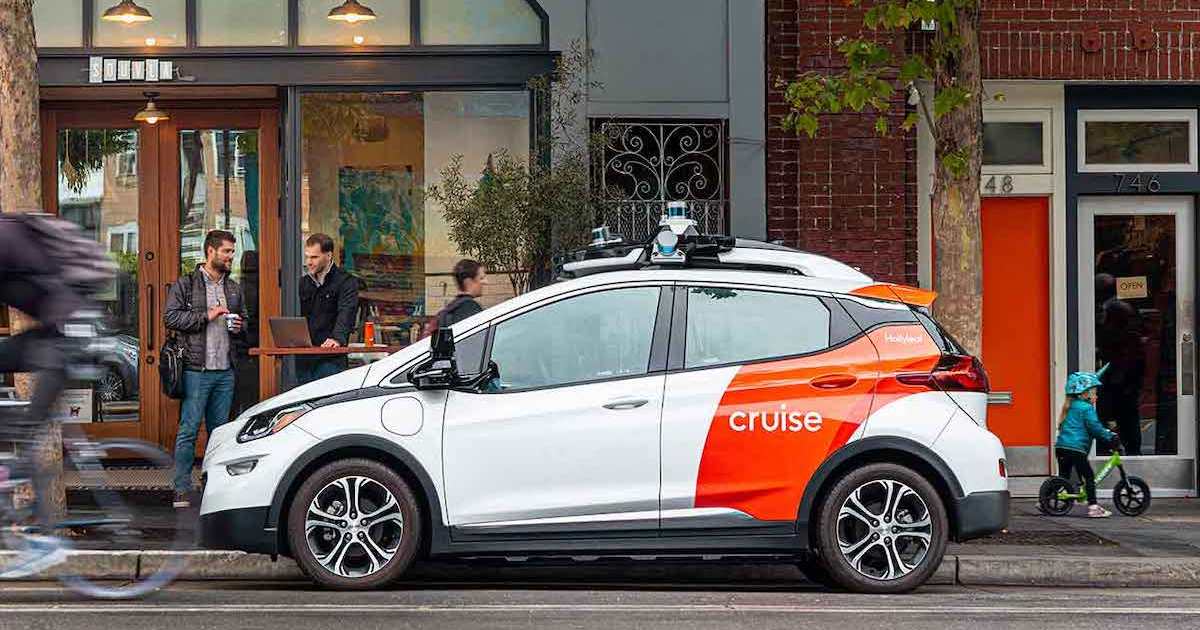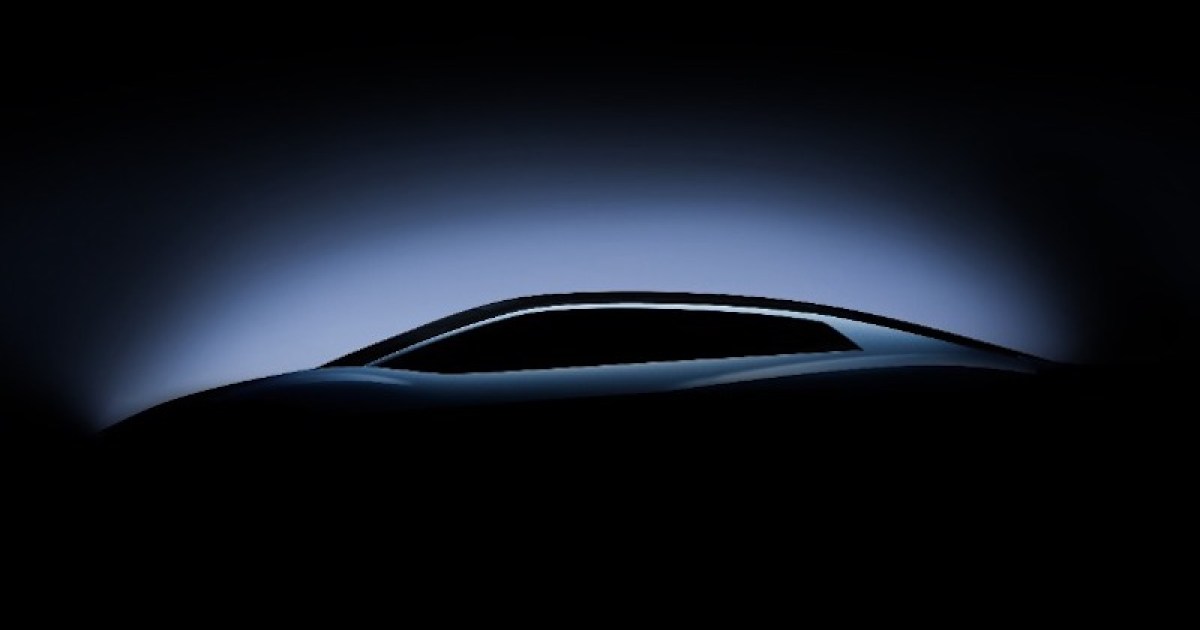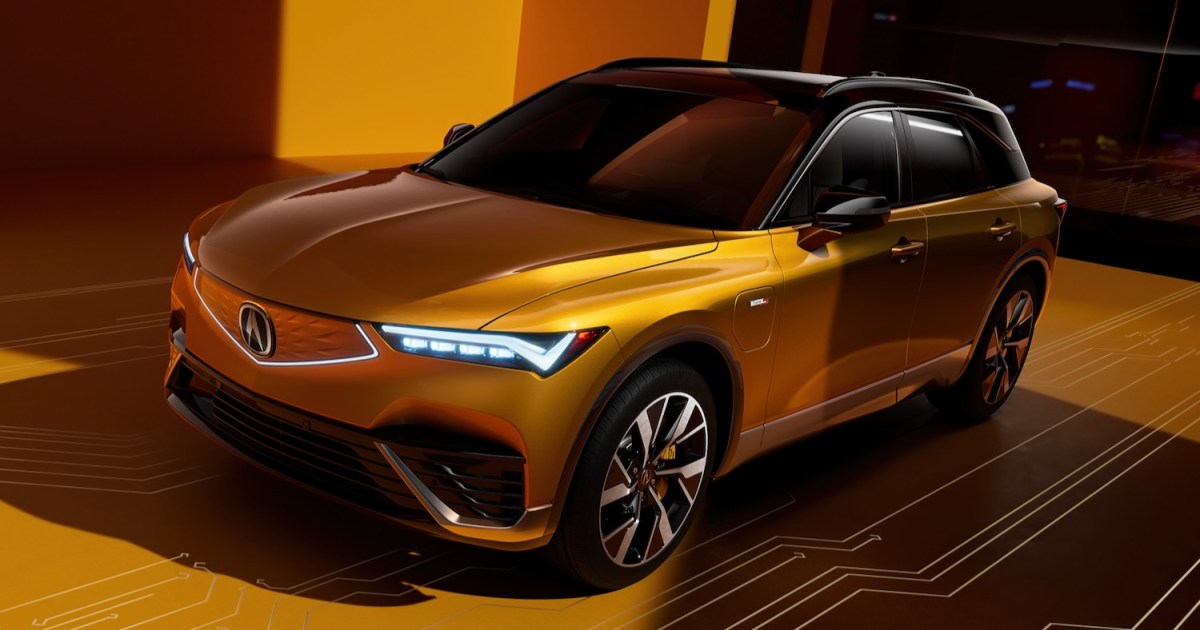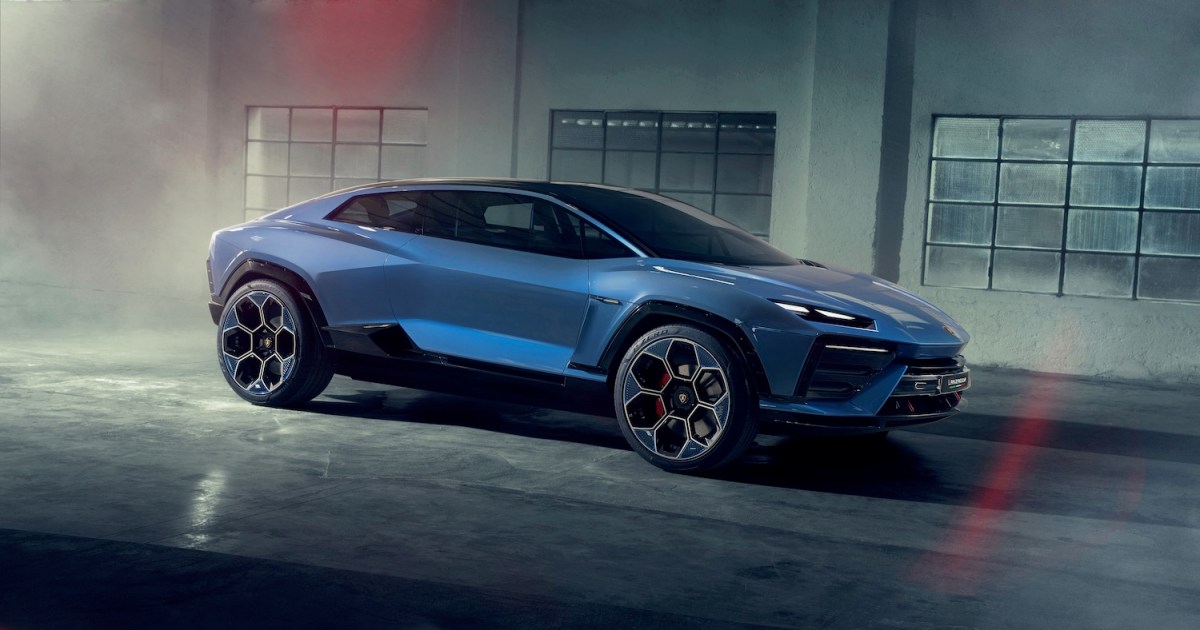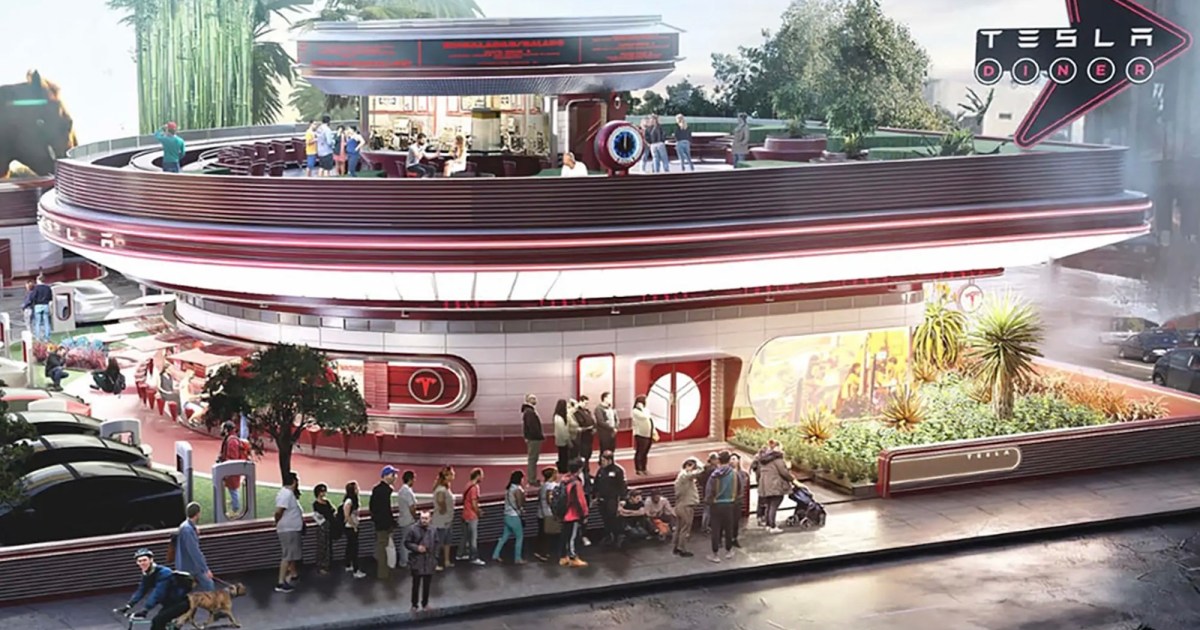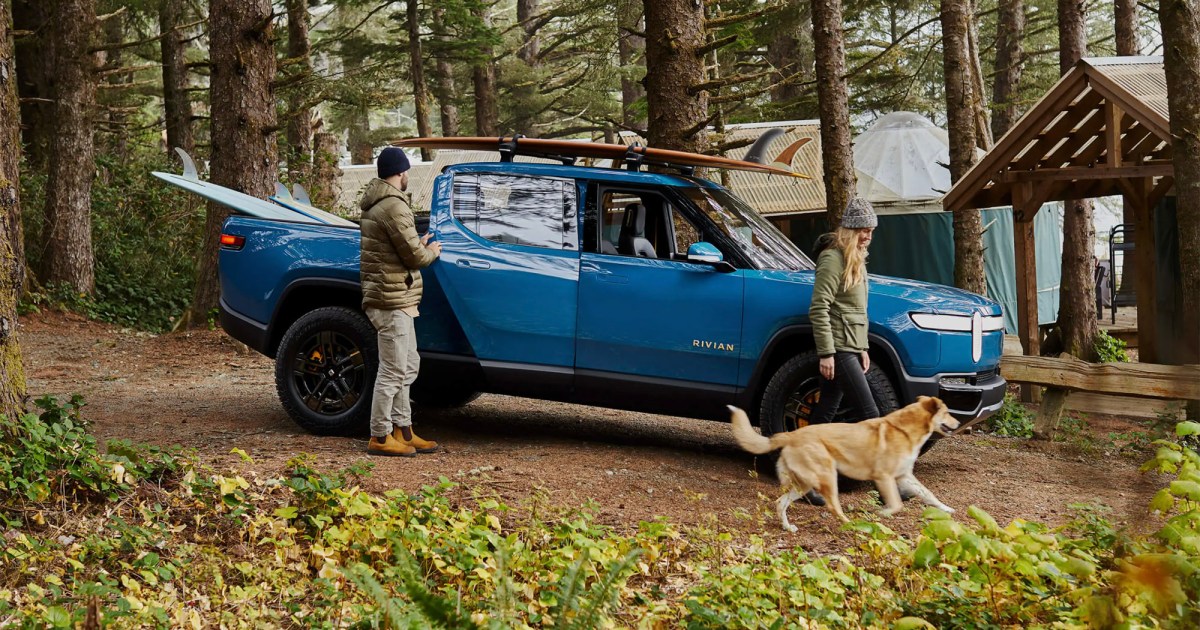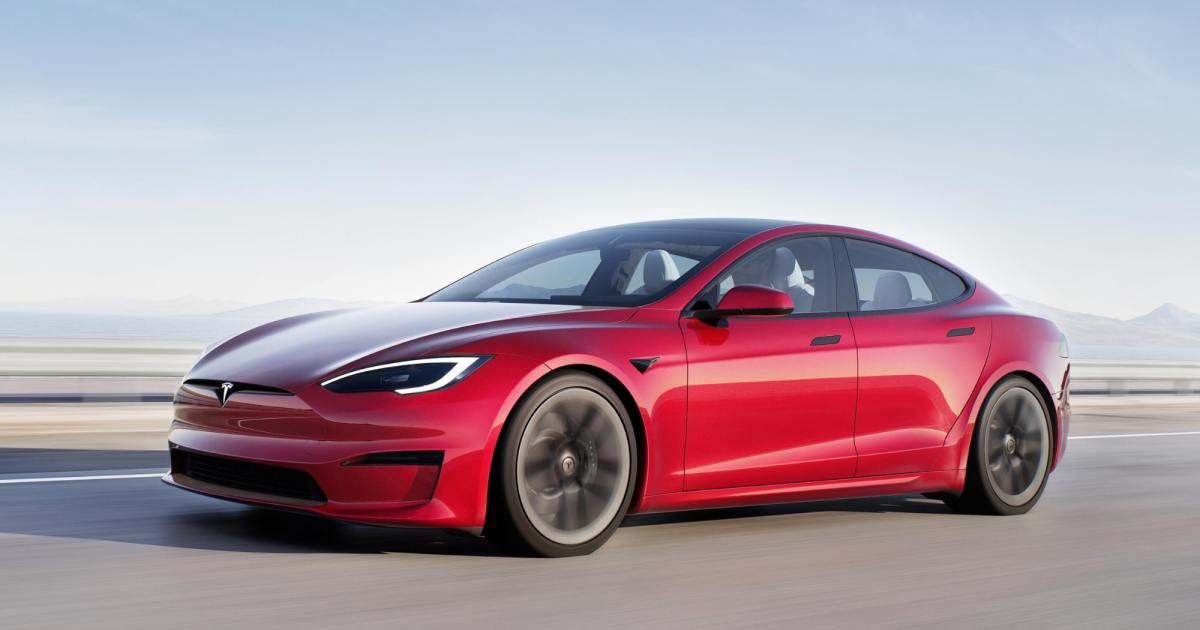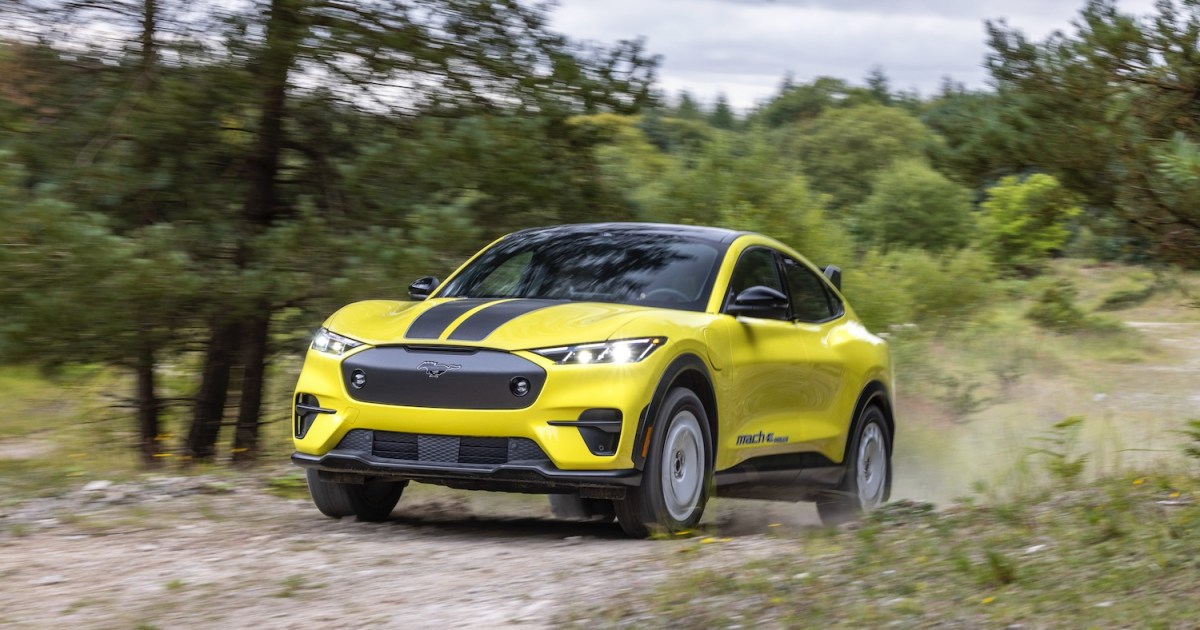The recent incident of a General Motors-backed Cruise autonomous vehicle becoming stuck in wet concrete in San Francisco underscores the ongoing challenges facing self-driving technology. Just days after the California Public Utilities Commission’s decision to expand operating hours for Cruise and Waymo’s paid robotaxi services, this incident raises questions about the technology’s readiness for widespread deployment.
The incident, captured in a photo by San Francisco resident Paul Harvey and shared with the San Francisco Gate, shows the Cruise vehicle immobilized in a patch of freshly poured concrete. Harvey noted that the car appeared to mistake the concrete for a drivable surface, highlighting the limitations of its sensors and decision-making algorithms. The vehicle was reportedly empty at the time of the incident, and Cruise workers subsequently extracted the car.
This incident comes amidst other recent challenges for autonomous vehicles in San Francisco. Reports and social media posts documented traffic jams caused by multiple stationary Cruise vehicles with their hazard lights activated near the Outside Lands music festival. Cruise attributed the issue to wireless bandwidth constraints affecting vehicle connectivity and pledged to investigate solutions.
Waymo, another major player in the autonomous vehicle space, has also encountered difficulties. Reports indicate that dense fog can impair the vehicles’ sensors, leading to unexpected stops and traffic disruptions. Waymo is reportedly developing new radar technology and cleaning systems to address these issues.
These incidents have fueled skepticism about the rapid expansion of autonomous vehicle services. Aaron Peskin, president of San Francisco’s Board of Supervisors, suggested a pause in deployment until the technology is further refined. While both Cruise and Waymo celebrated the recent regulatory decision as a significant milestone, these ongoing challenges highlight the need for continuous improvement and cautious deployment strategies.
The companies are under pressure to minimize such incidents and demonstrate the safety and reliability of their technology to gain public trust and address regulatory concerns. The road to fully autonomous driving remains complex, and these incidents serve as reminders of the work that still needs to be done.



